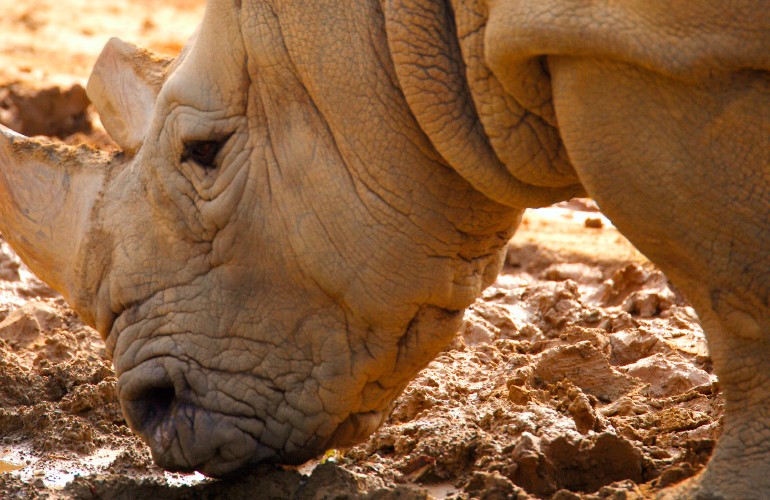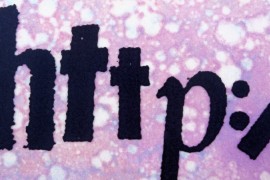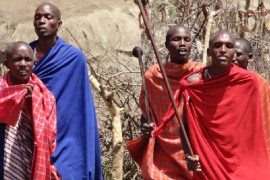Brand Kenya was and maybe still is a good initiative. Its mission is to build a strong country brand that fosters national pride, patriotism and earns global recognition and preference. It is a good platform to let your brand be associated or associate with the country’s brand. A brand that has suffered a lot from negative energies from unlikely quarters, our leaders. A brand that can be far greater than it is, a brand that can outlive the current crop of leadership.
The slanderous and loathing remarks by CNN referring to Kenya as a hotbed of terror usually has serious consequences for the brand Kenya. Imagine your horticultural export with the patriotic mark in the hands of a recipient of such disgusting remarks. Thankfully with a President on his toes, the brand got redemption as a hotbed of vibrant culture. Further, according to the Business Daily, we suspended our ad campaigns with the news channel.
It’s however no secret that the brand has suffered much of late the turning point being the Post-Election Violence of 2007/2008. It took a turning for the worst following several terrorist attacks after we decided we should control one of our neighbour’s serious misbehaving. The biggest loser of these circumstances was the tourism sector – a serious foreign exchange earner for the country. If there’s a sector that rides on the goodwill of the Kenyan Brand, it is the tourism industry.
What could be the problem here for the Kenyan Brand? A brand should weather the storms, brands like Blackberry are able to drive through turbulent times and still release far less superior phones that people will still buy. How do countries like France, America and others that have suffered far much worse terrorist attacks still attract visitors from all over the world?
Let’s start with who is responsible for promoting and taking care of the brand image. This is where the problem is, the government has assigned far too many cooks who spoileth the broth. At the top is the Ministry of East Africa Affairs, Commerce and Tourism headed by the Hon. Phyllis Kandie (as at the time of this publication). A look at their website and the difficulties of navigation and learning more about tourism is set at the back of their minds. Some screenshots are here in this article to show you the misbehaving code on the website. There’s also excessive navigational elements… I’ll leave this website analysis to Mint’s Digital Team. With no direct link to Kenya Tourism Board, I googled my way there. The mandate for the board is to develop, implement and co-ordinate a National Tourism marketing strategy. Further, I found another body, the Kenya Tourism Federation whose vision is to be the authoritative voice for Kenya’s tourism industry private sector. There’s also the Tourism Regulatory Authority (TRA) mandated to regulate the tourism sector in Kenya. My search then spiralled to reveal tens of boards each responsible for one part of the brand Kenya or another part thereof. Below is a list of just but a few:
- Kenya Association of Tour Operators (KATO)
- Kenya Association of Hotelkeepers & Caterers
- Ecotourism Society of Kenya
- Kenya Wildlife Service
- National Museums of Kenya
- Kenya Association of Air Operators
- Kenya Tourist Development Corporation
There’s no centralised effort to manage the brand Kenya resulting in a weaker brand. Magical Kenya have tried this and have done a good job so far. It is time to dedicate resources to one team that will manage the entire brand portfolio of Kenya. The job is simply to make Kenya bigger than the country… if that makes sense.

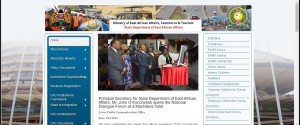
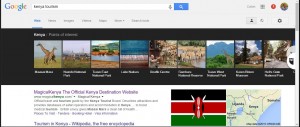
Google has done some branding for us 
I choose to stop at problem #2. I don’t know which analogy is better to use here, a leech or a parasite… Parasites live off their hosts and they slowly turn a healthy individual into an emaciated being. The Kenyan media has slowly become the parasite that is slowly killing away every branding effort we undertake as a country. We feed on this waste information and unfortunately such information gets republished across the globe. Take any daily, watch any news and you will find out the bulk of this information is just negative. Sensationalising the news is just the order of the day, and this could be as a consequence of hiring young and inexperienced editors/producers. Much is left to be reported of the great positives in this country. This has been left for Nat Geo to cover for us in epic expeditions such as the Big Cat Diary. I get to discover places through Safaricom adverts: no one is first at the scene of Lake Magadi’s beauty, everyone is first at the scene of the unfortunate Westgate Attack.
Part 2: Awakening the Giant Brand (Coming Soon)

